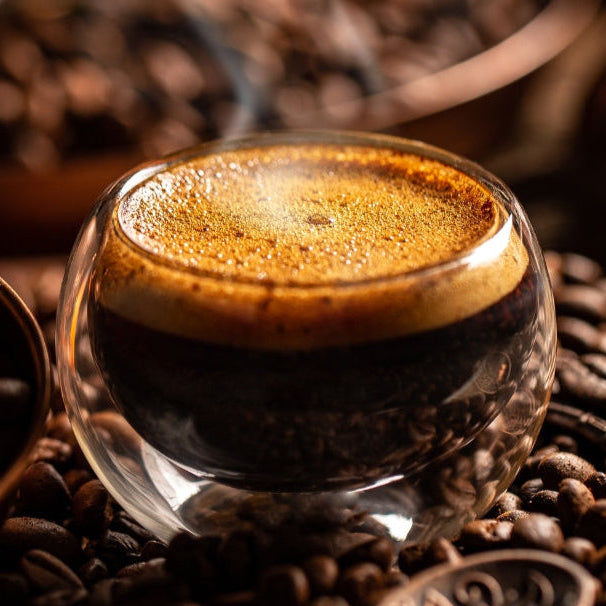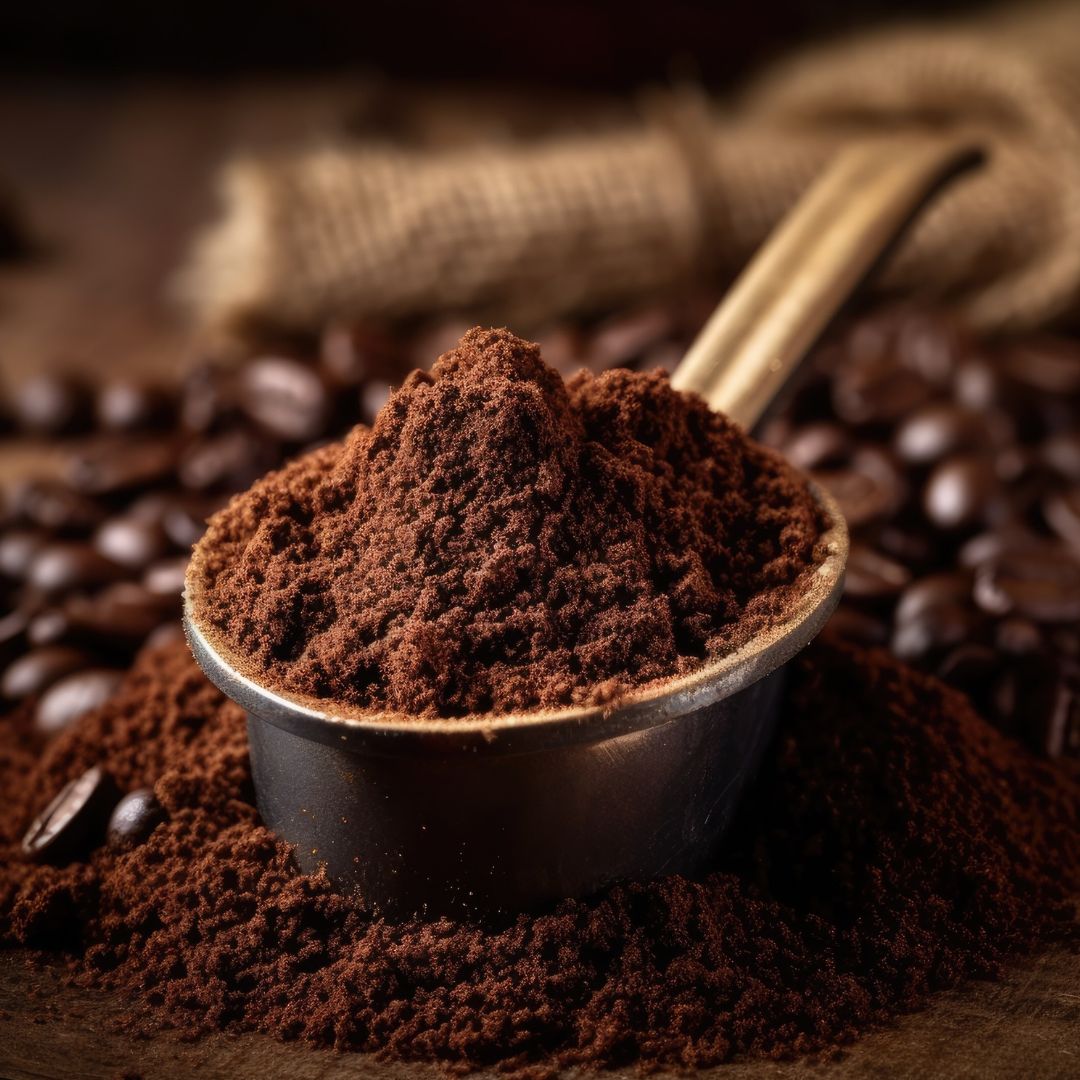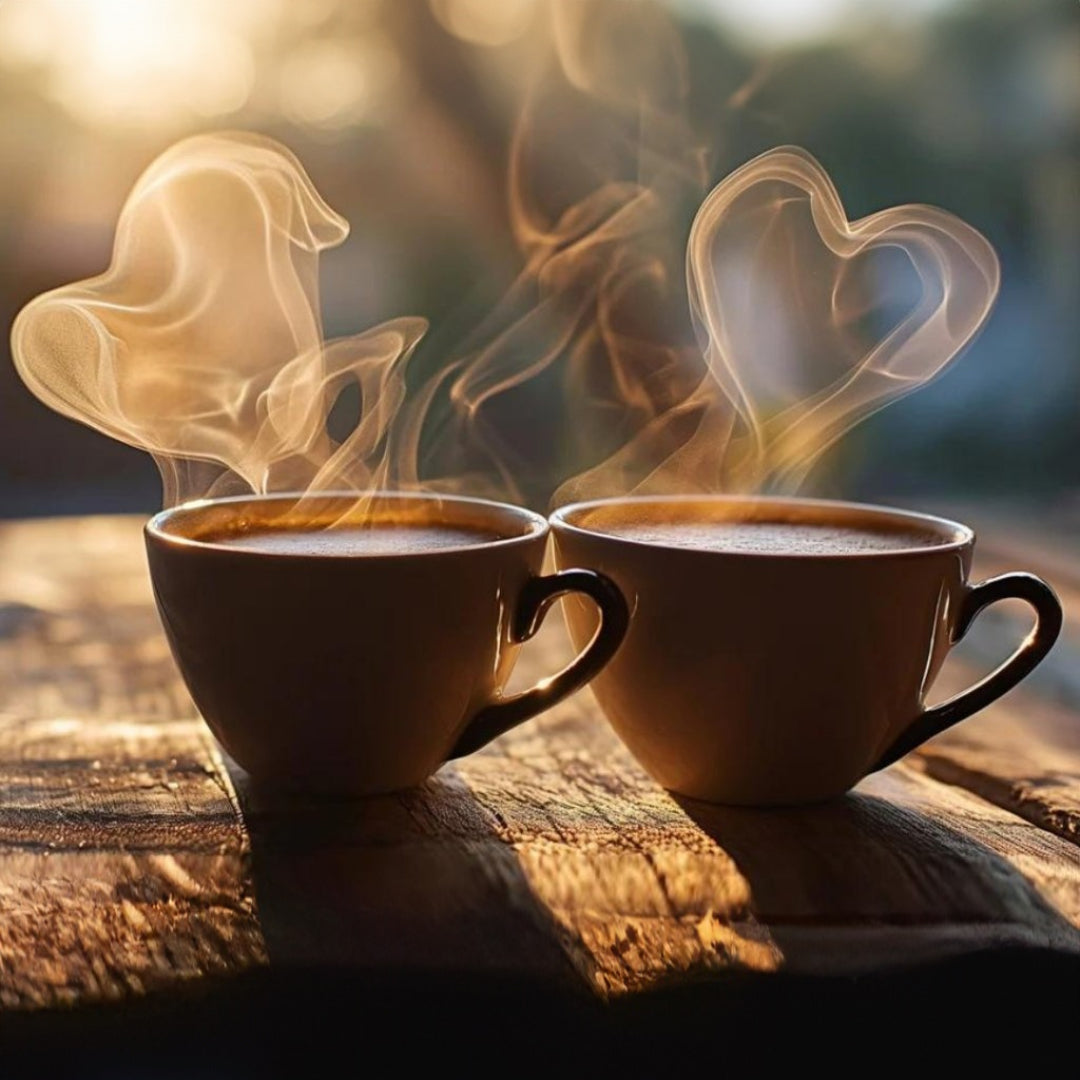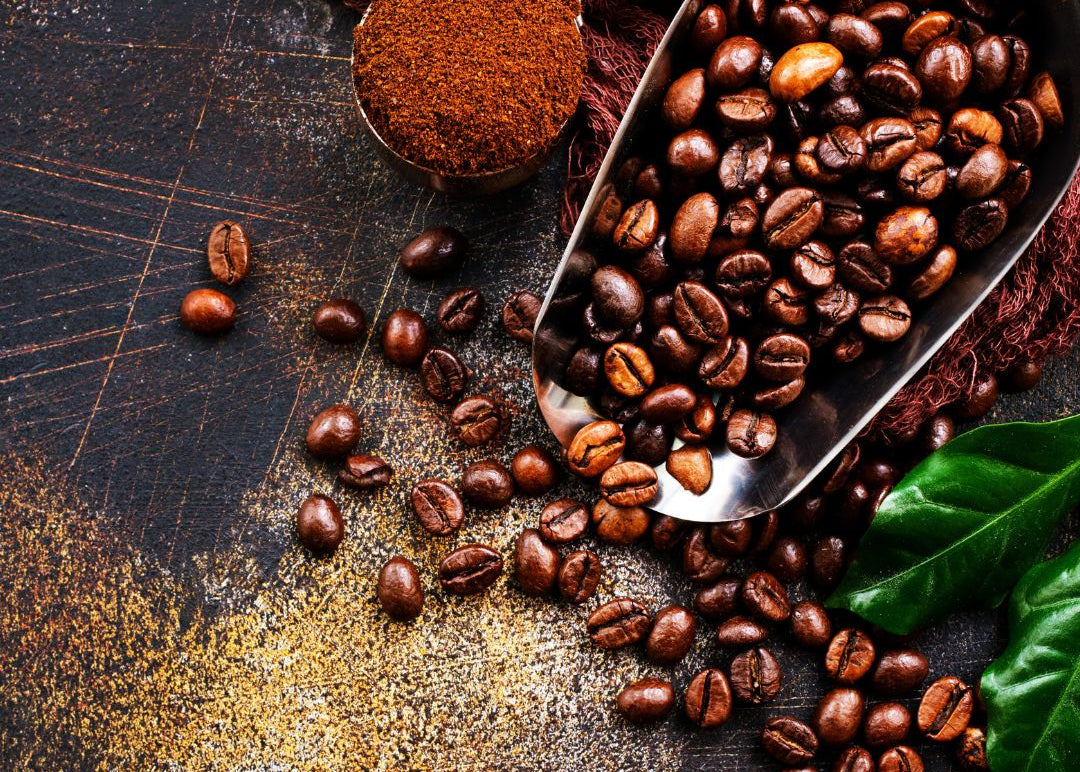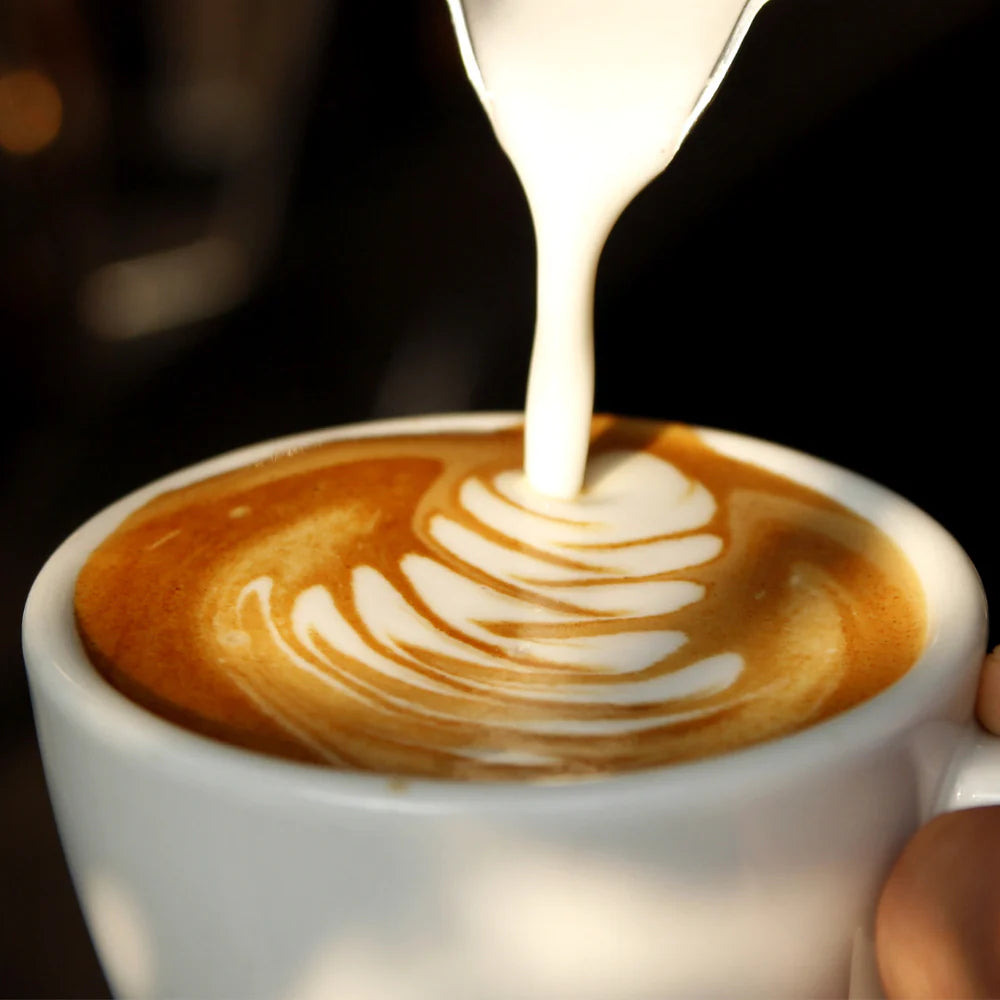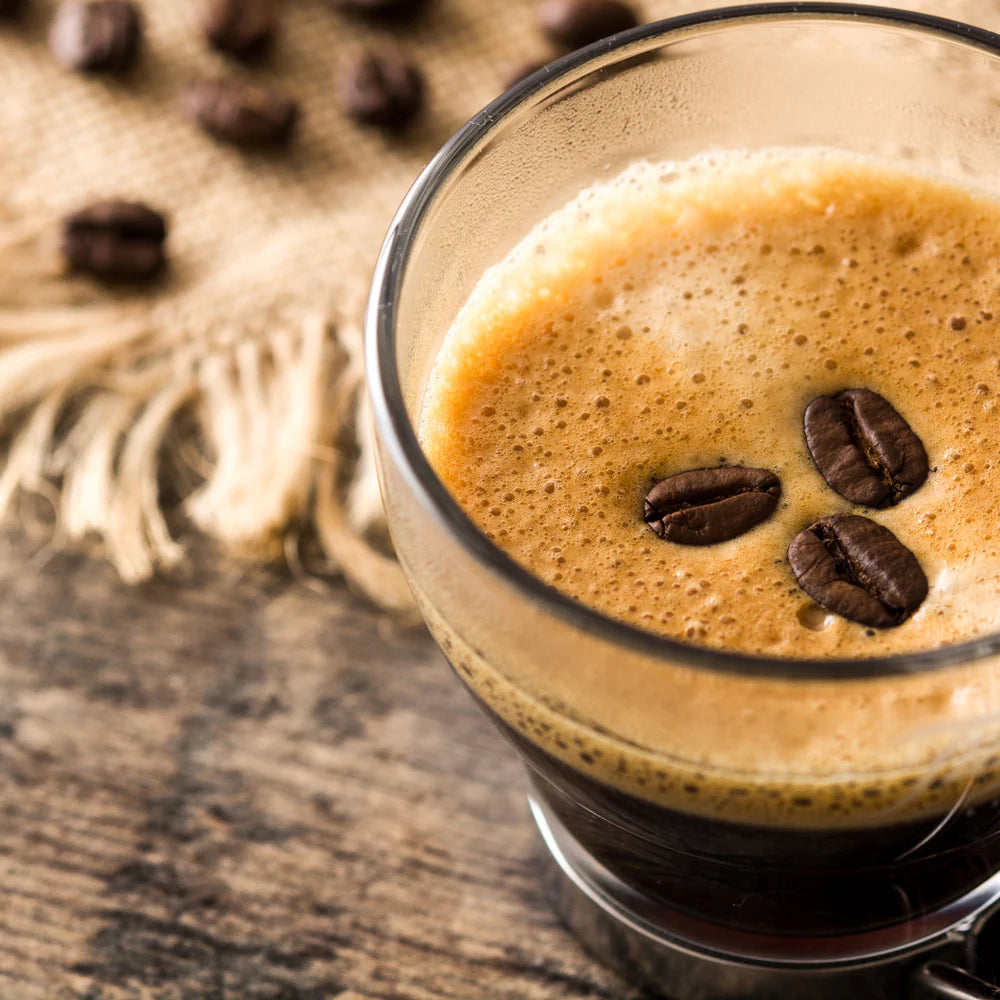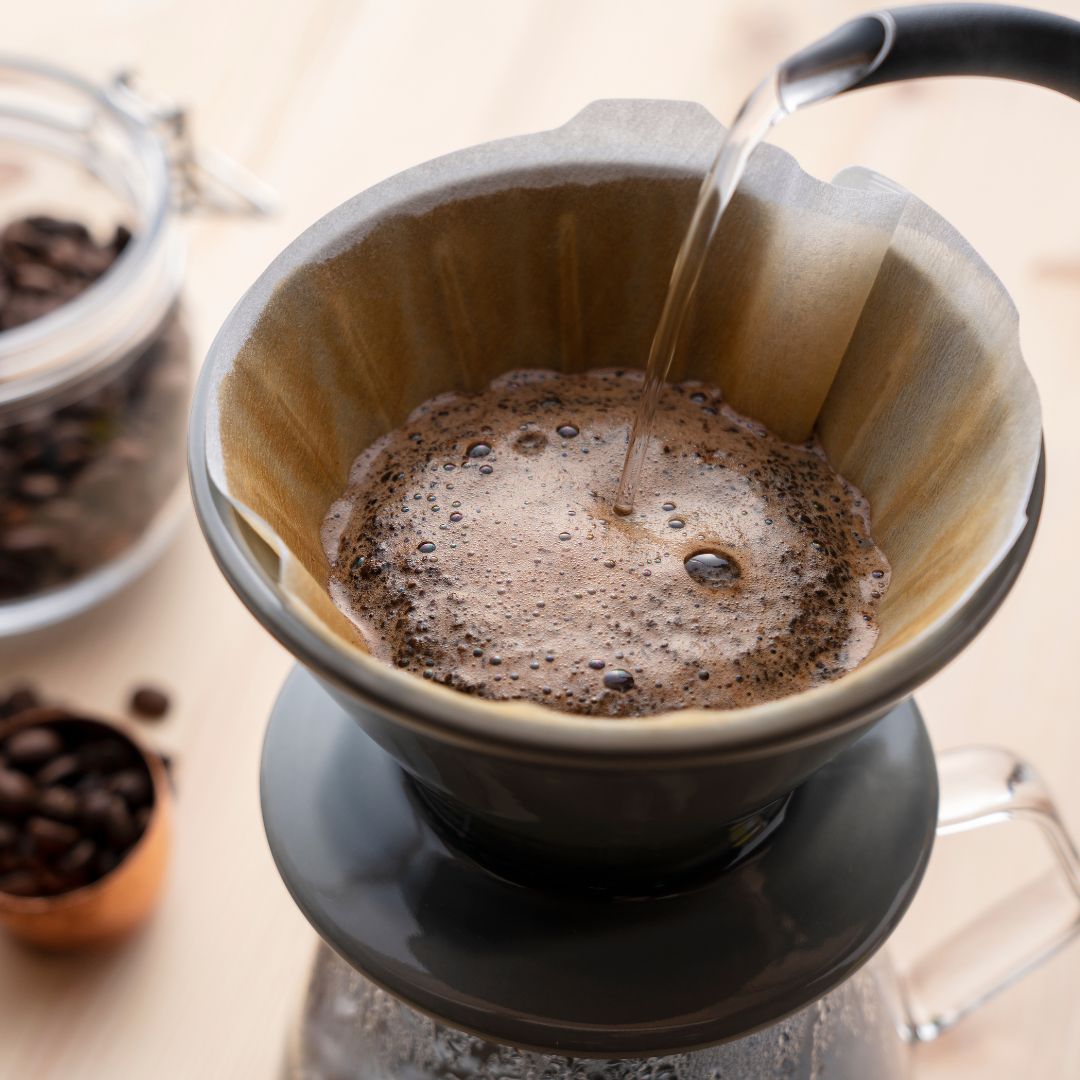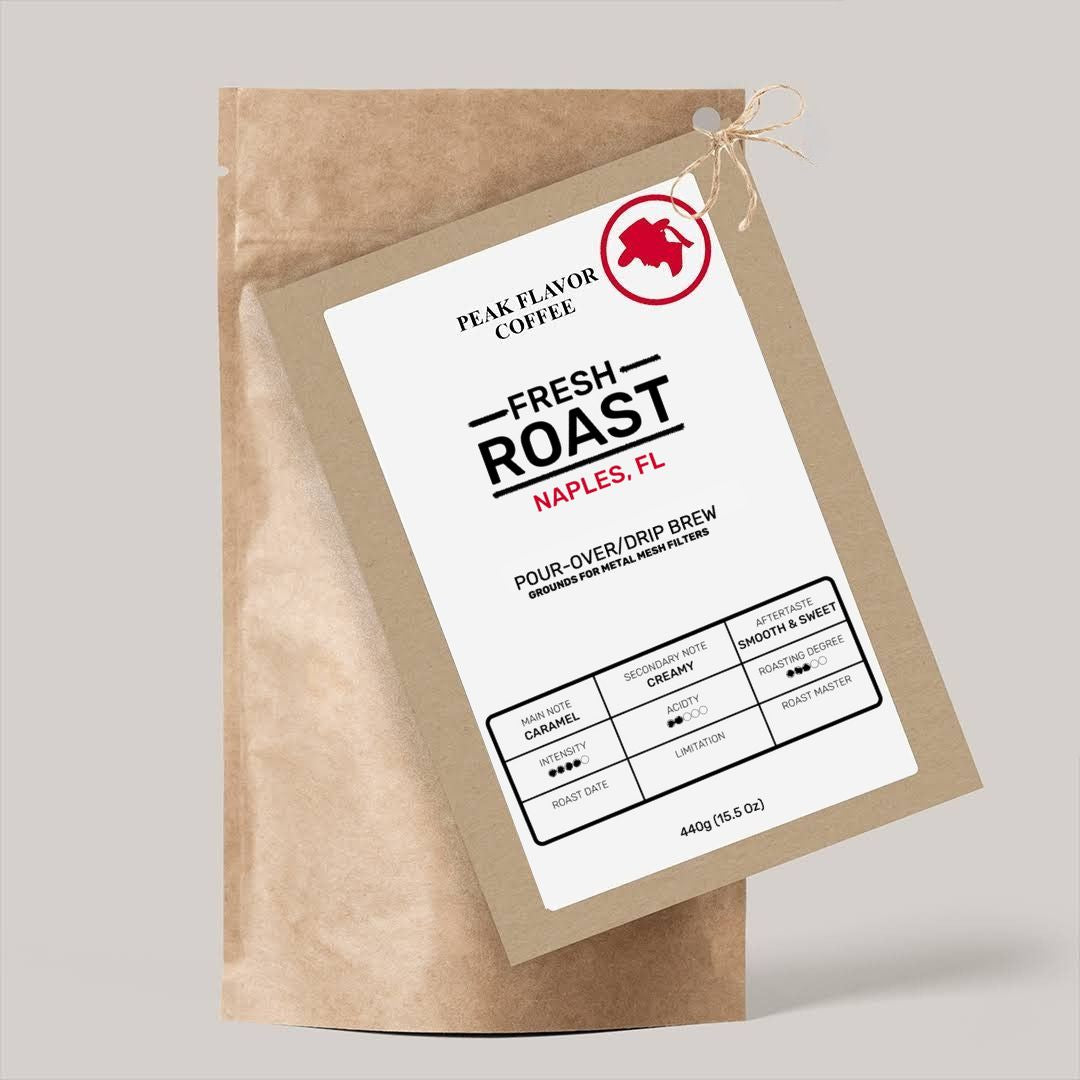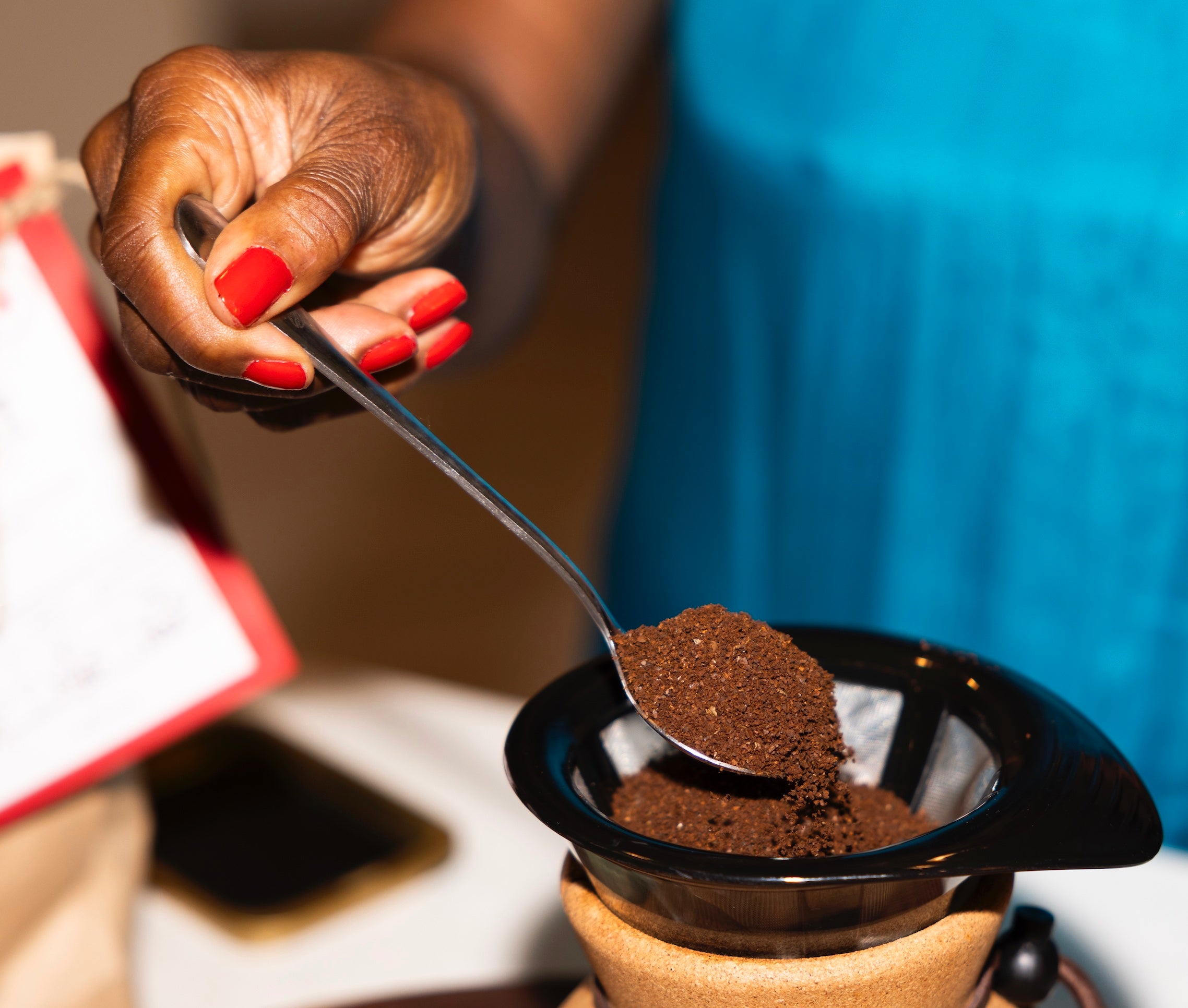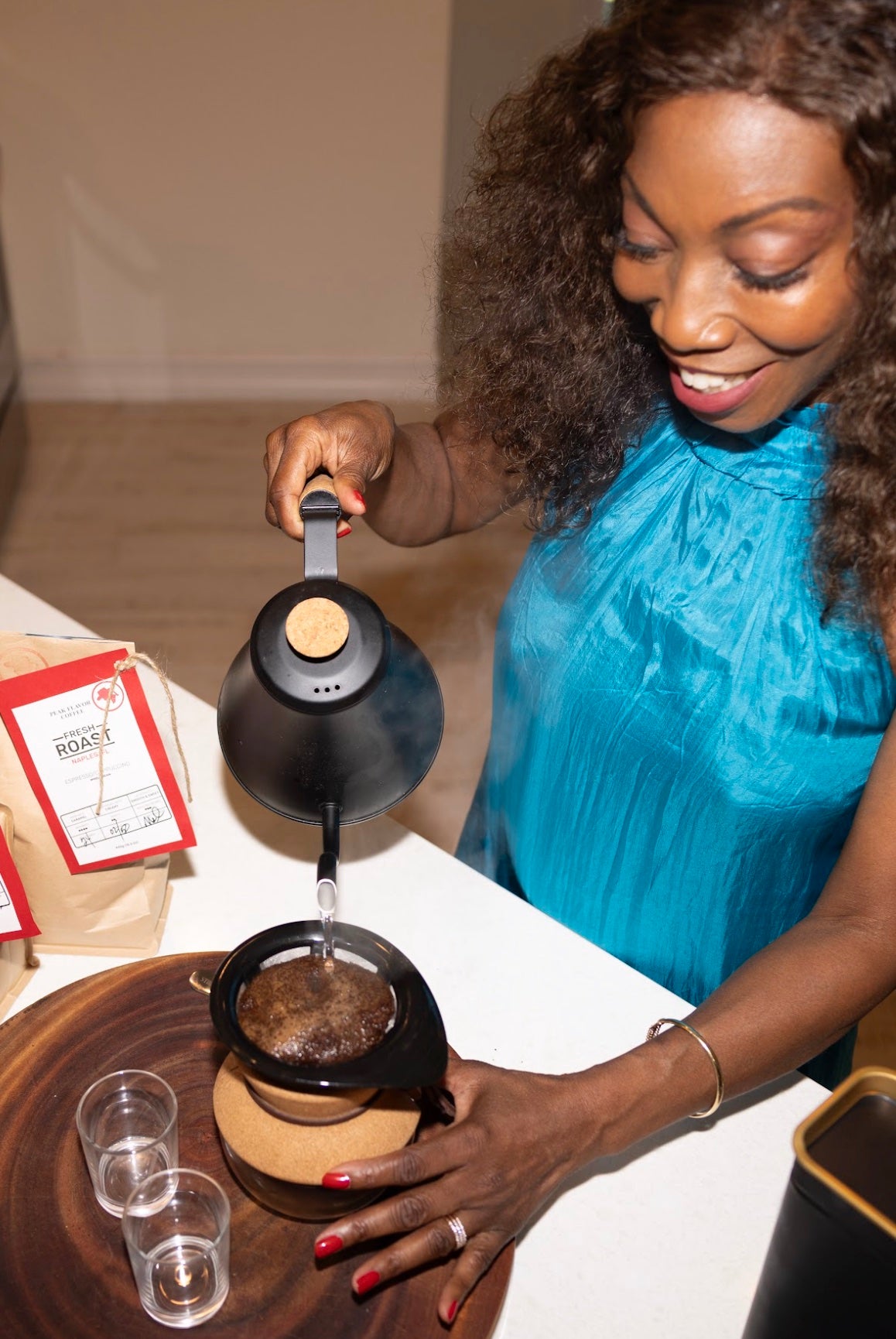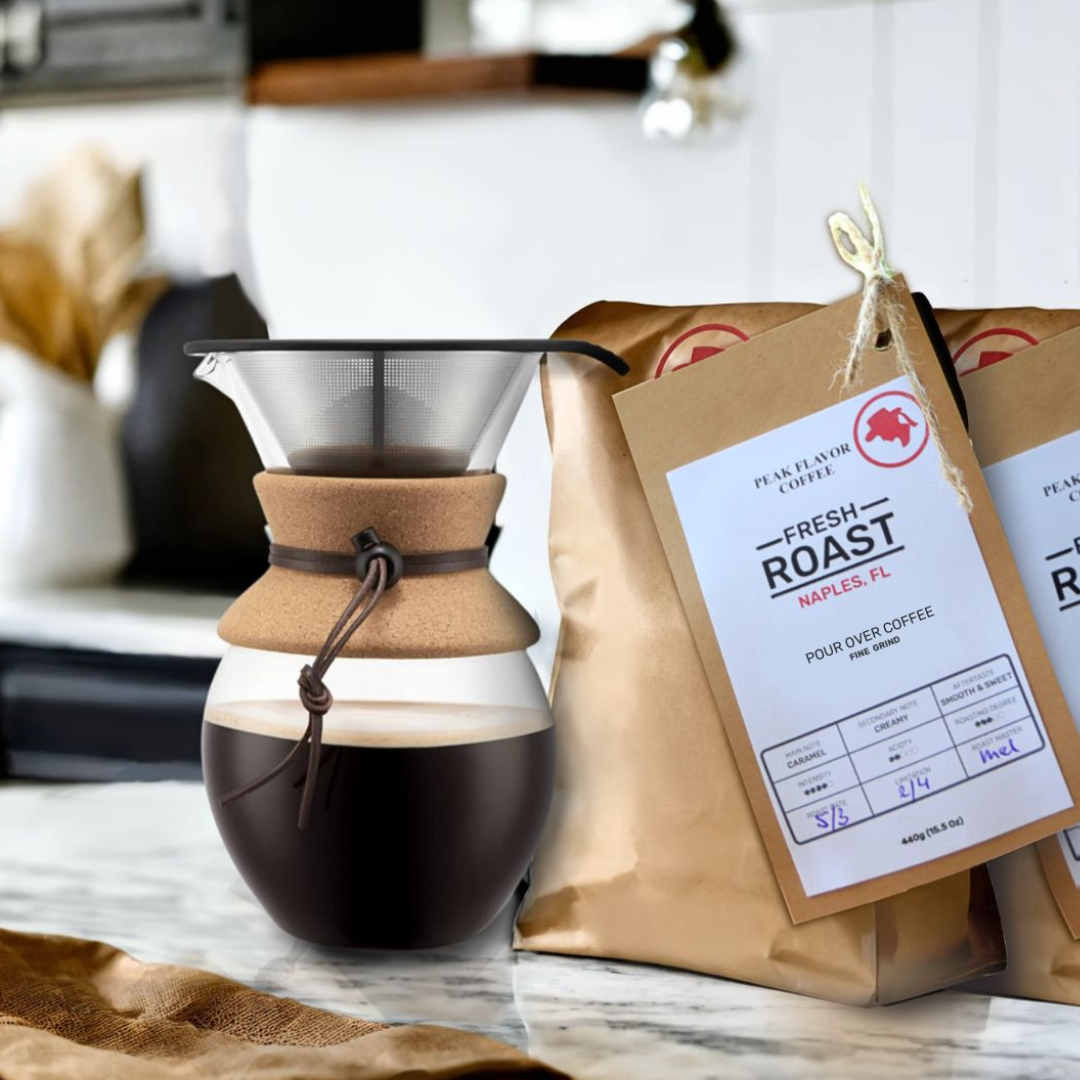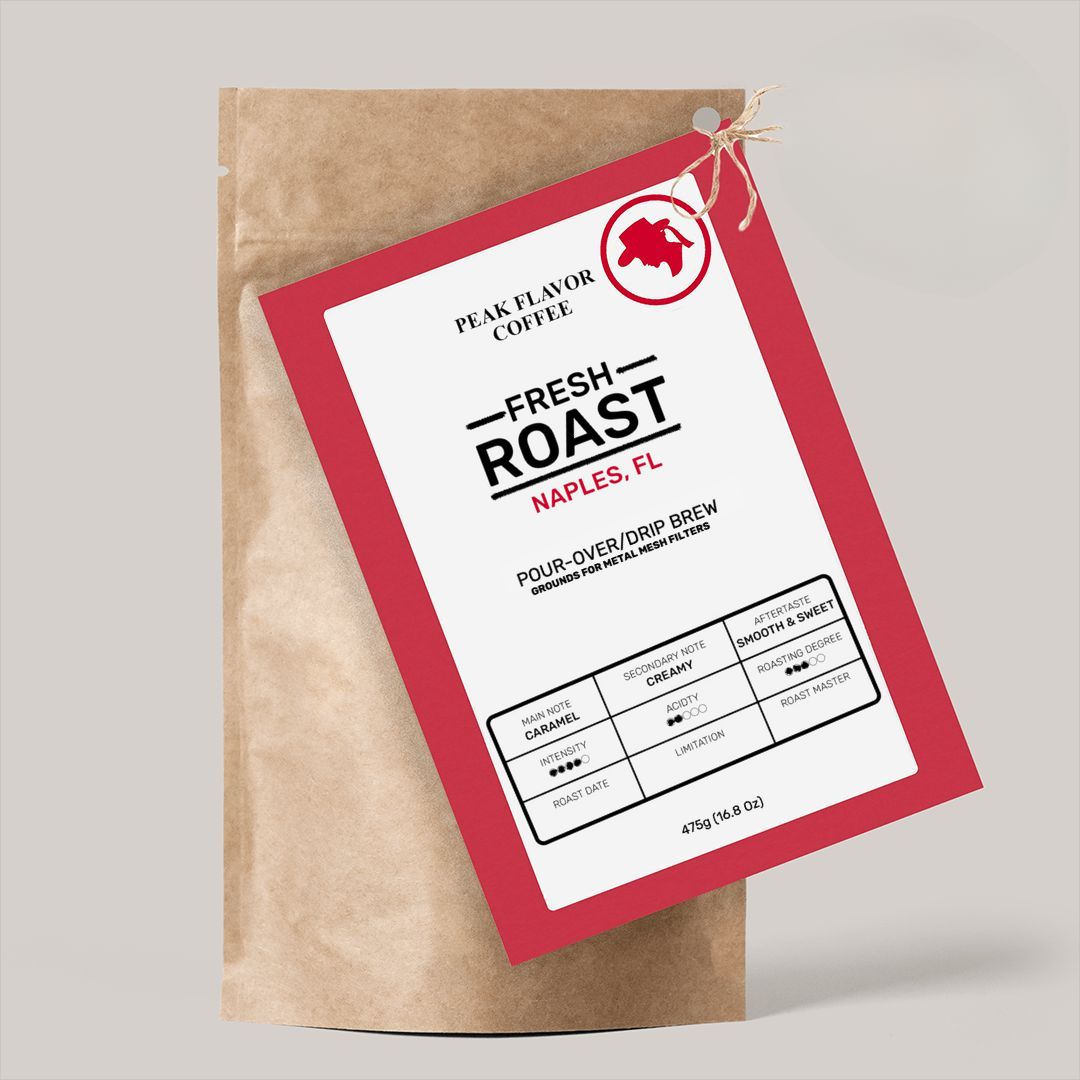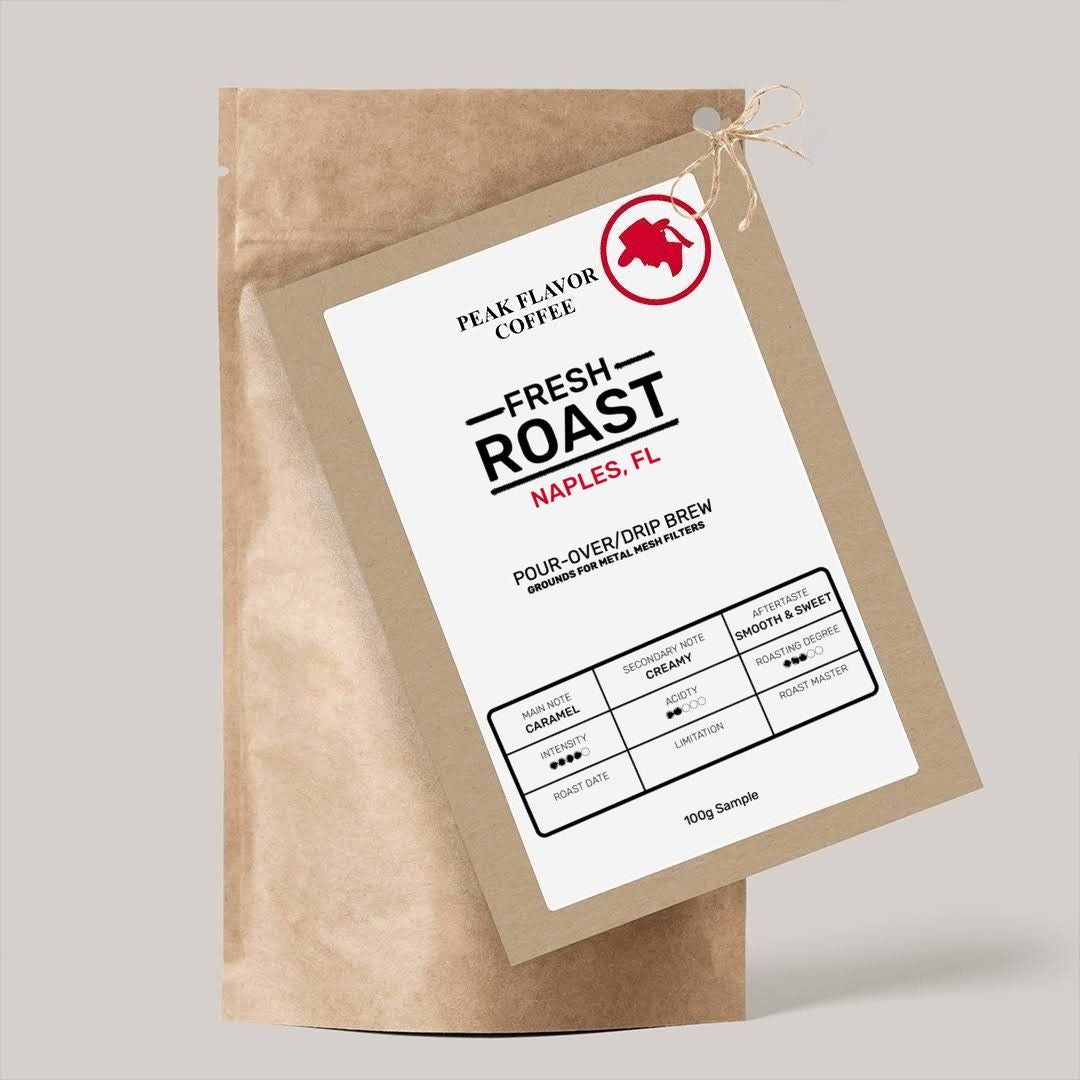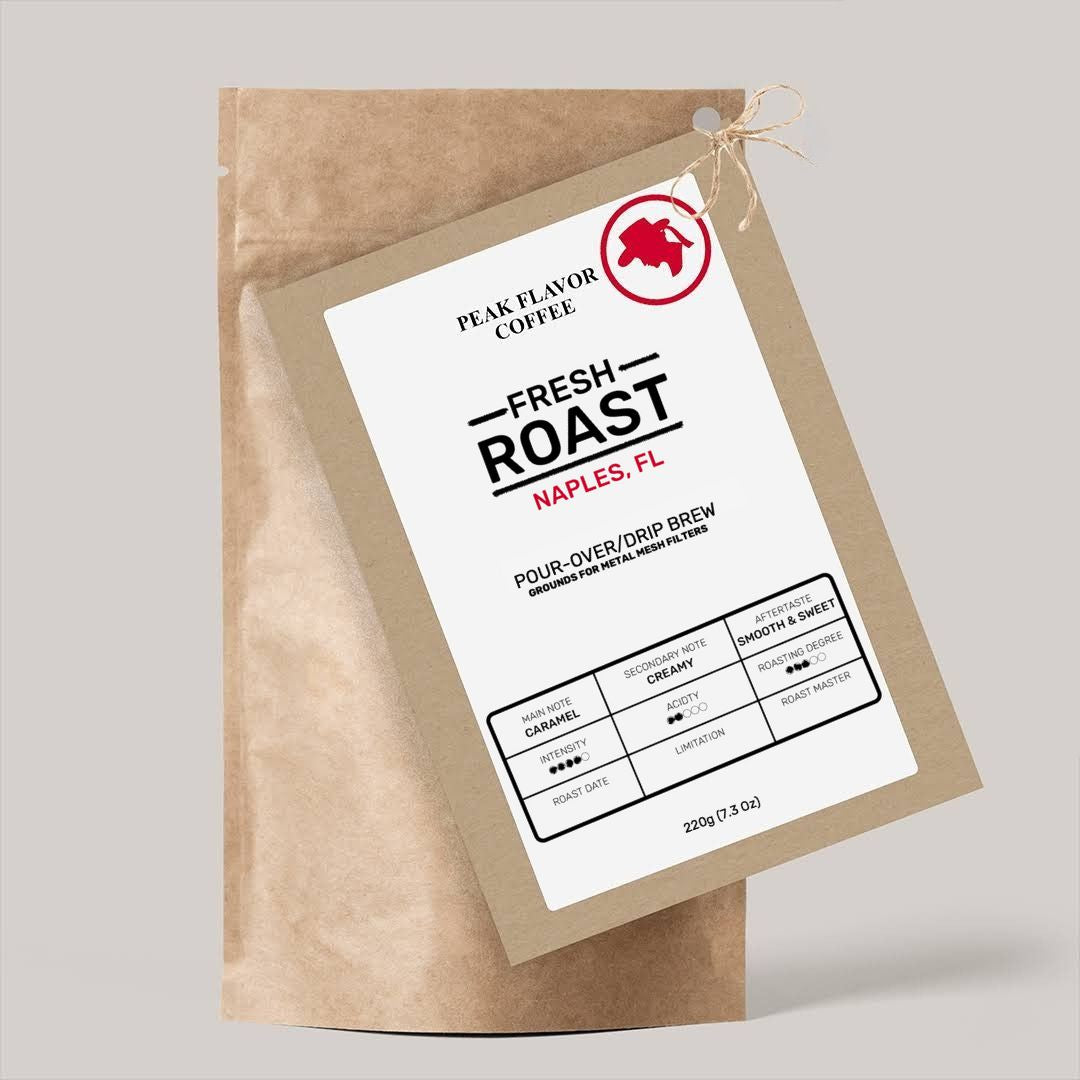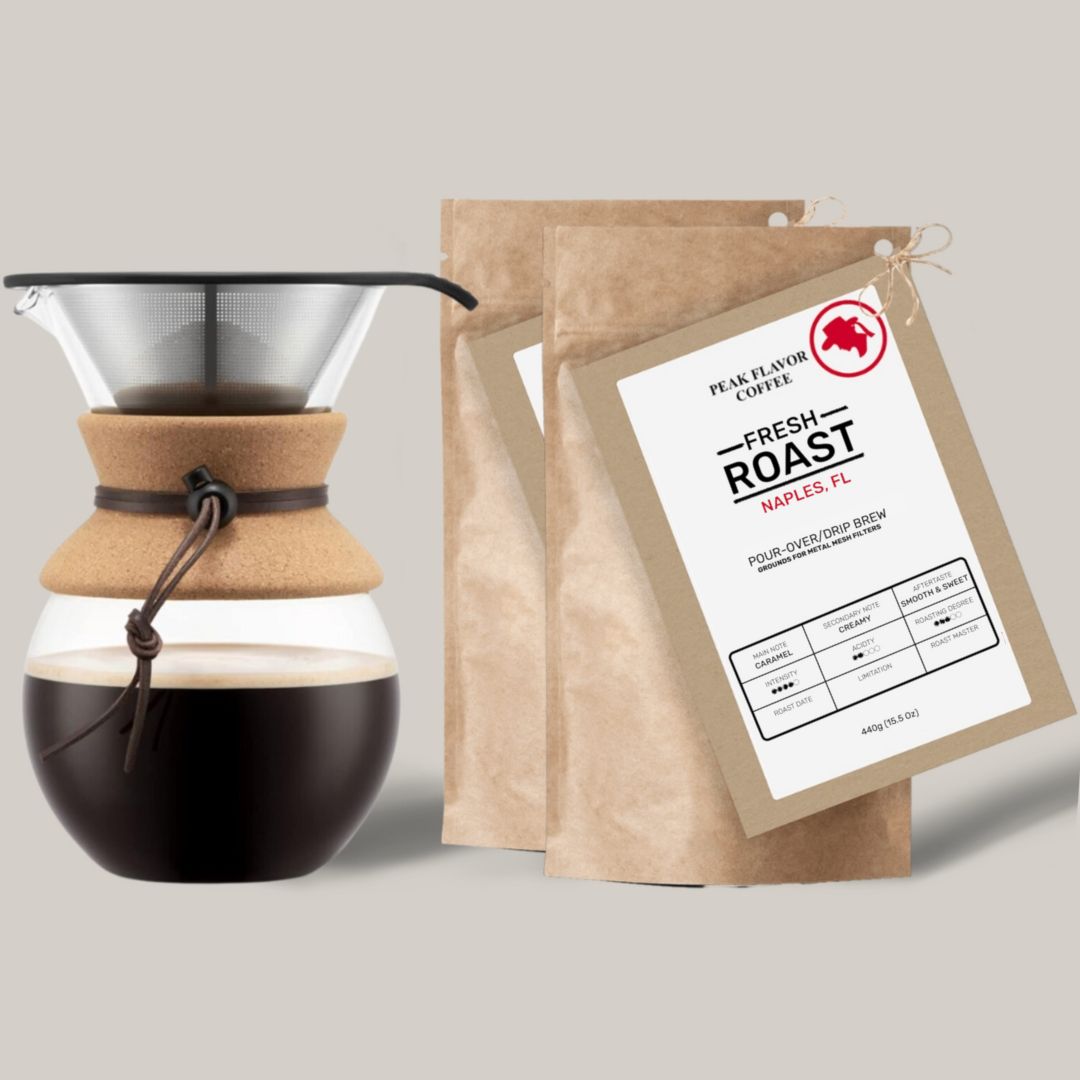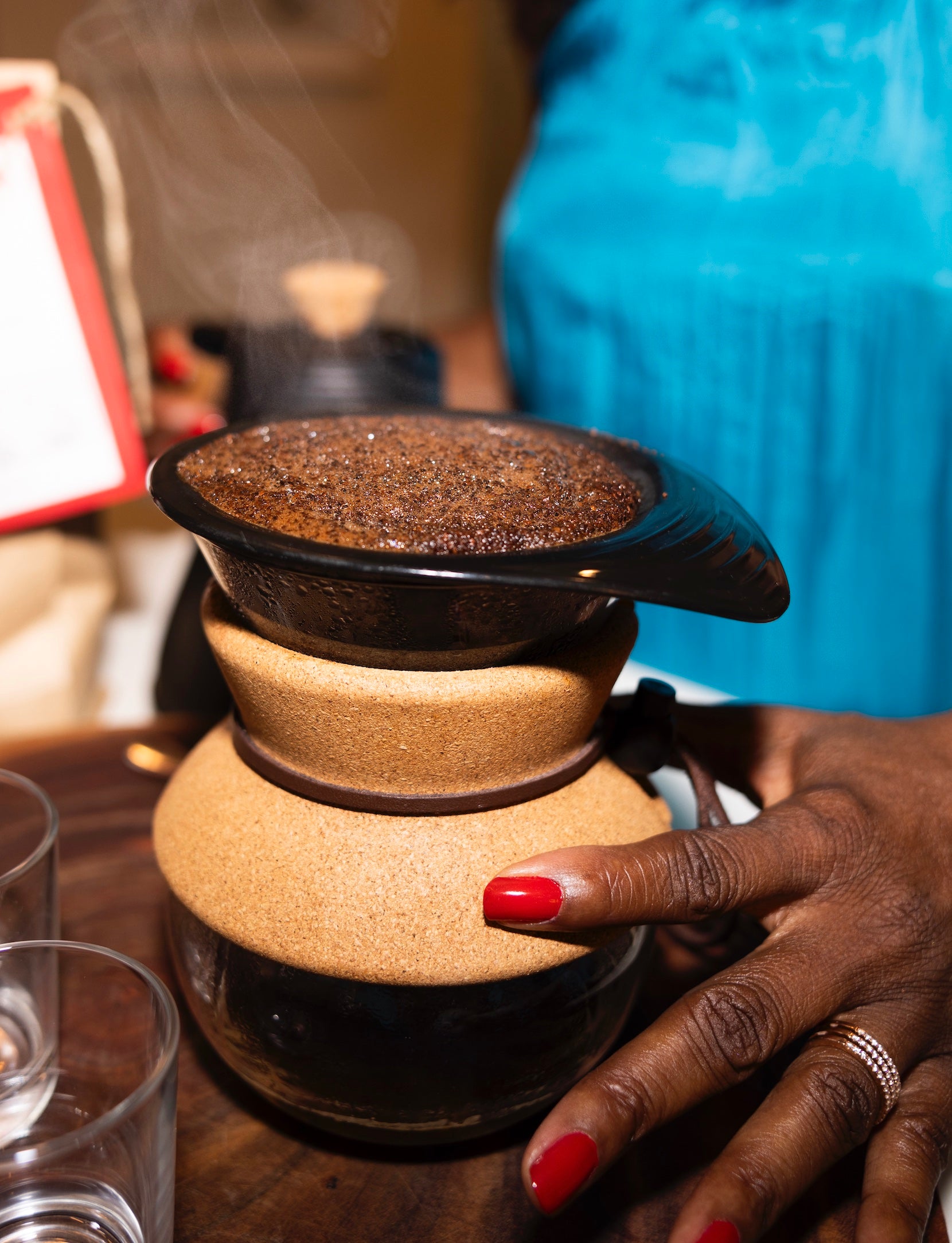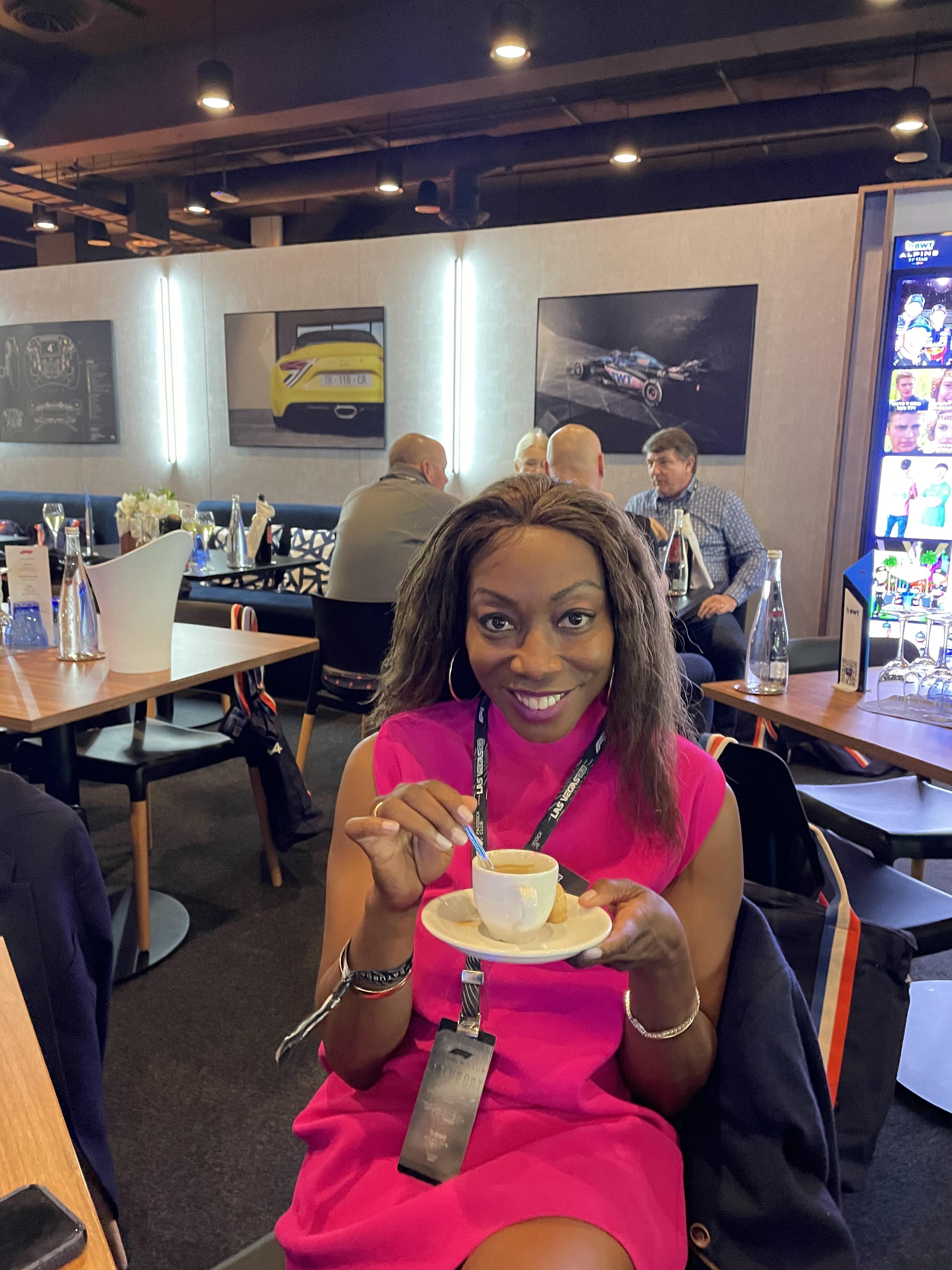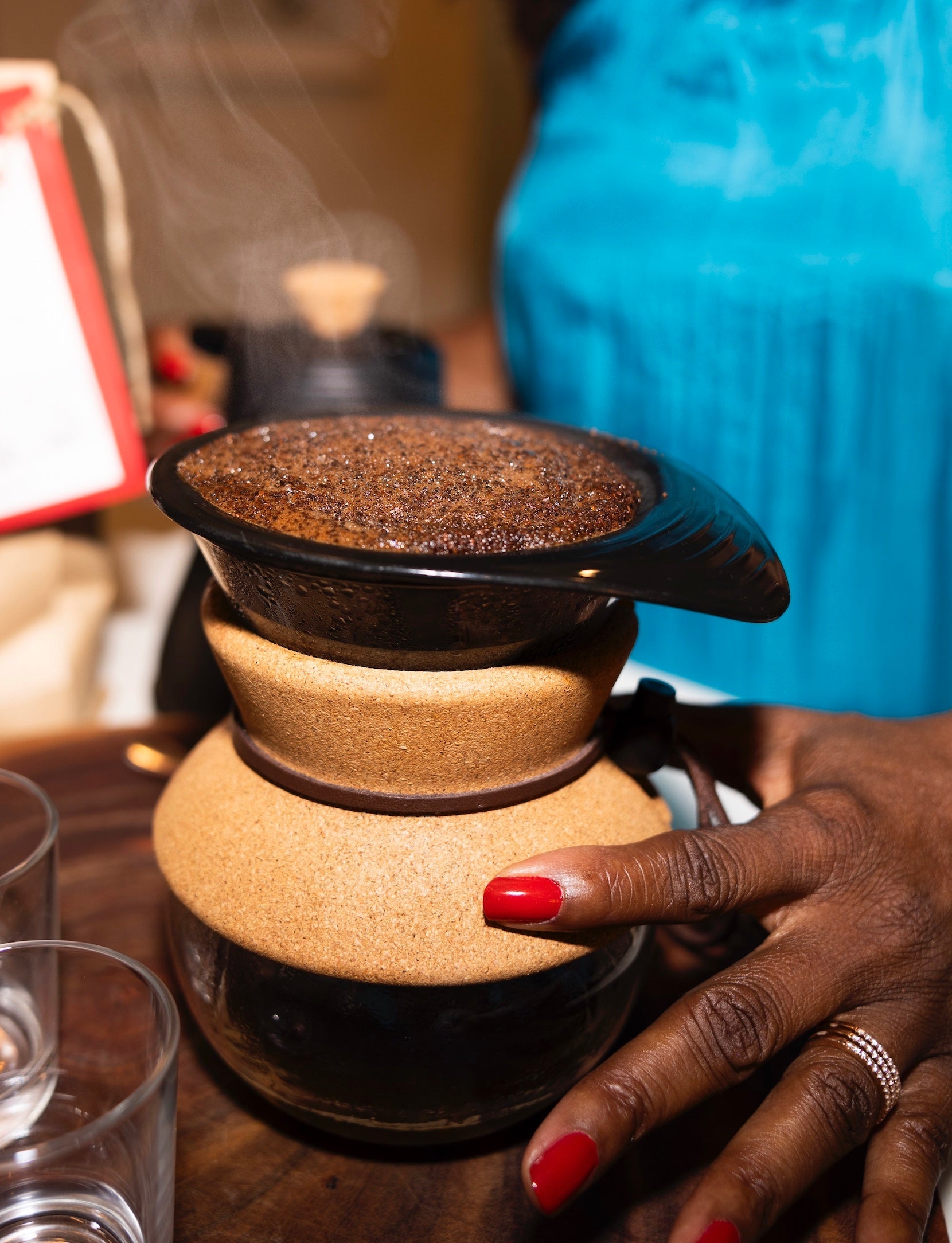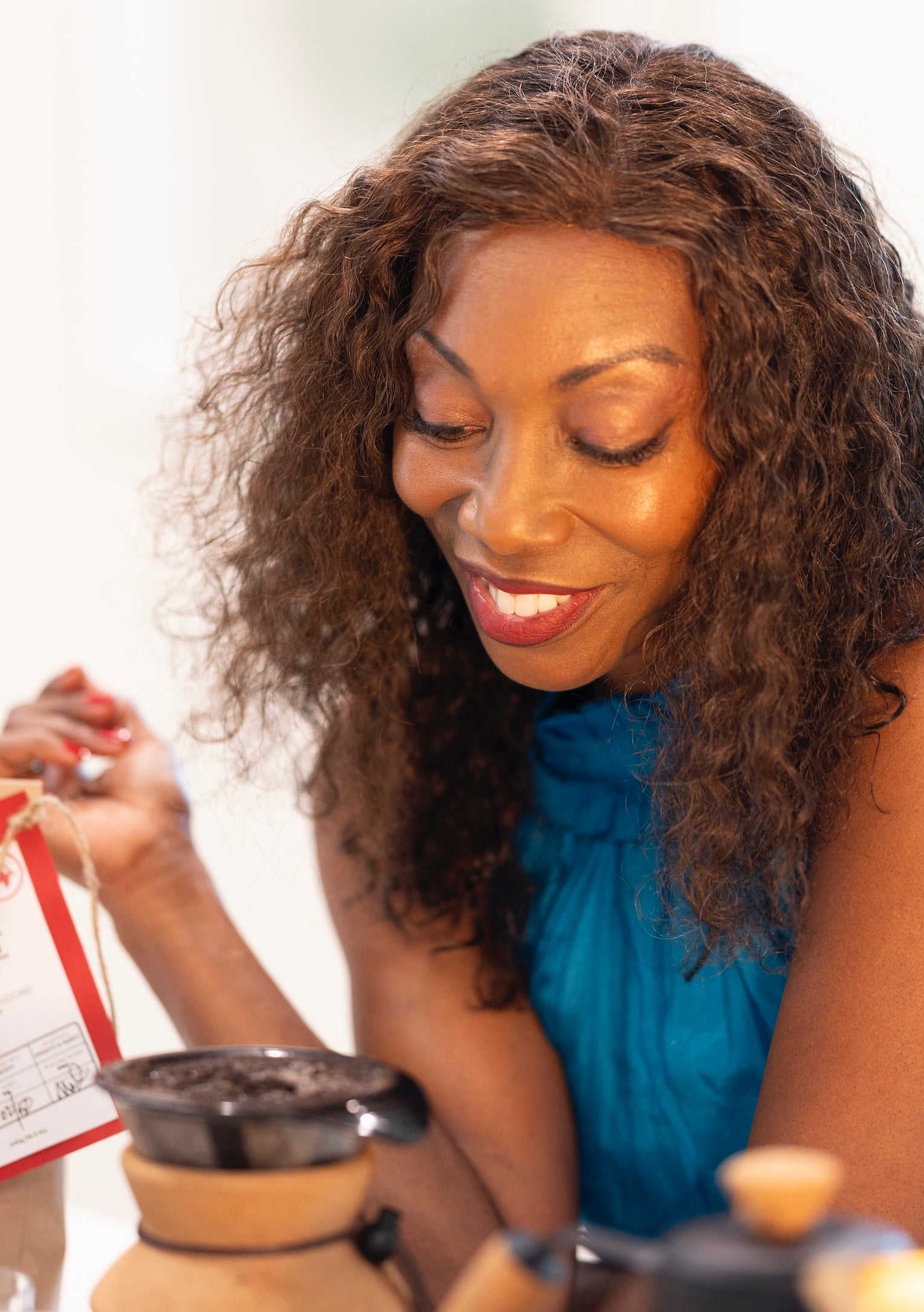Pour Over vs Drip Coffee:
Why It’s Time to Break Up With Your Filter Coffee Machine
Let me confess something up front.
There was a time when I thought “pour over” was just an unnecessary flex for people who own too many thermometers. I was the proud, bleary-eyed owner of a basic drip machine that sputtered and groaned every morning like an old radiator. It got the job done. Or so I thought—until the day a friend handed me a cup of pour over coffee that, no joke, tasted like toasted hazelnuts doing ballet on my tongue.
There were hints of caramel, a citrus sparkle, and zero bitterness. I wasn’t even mad. I was humbled. I was converted.
That cup sent me down the rabbit hole of real coffee flavor. I started reading about bloom phases and flow rates like it was my new religion. And friends, once you go pour over, you never go back.
So, what’s the big difference between drip coffee and pour over coffee? Why does one taste like a symphony and the other like an alarm clock? Let’s break it all down.
Pour Over vs. Drip: The Core Difference
Yes, both methods involve pouring hot water over ground coffee. But that’s like saying hand-kneaded sourdough and store-brand sandwich bread are “both just bread.” Technically true. Spiritually offensive.
Drip machines automate the process. They’re plug-and-play. You press a button, walk away, and get a hot beverage. But that convenience often comes at the expense of flavor precision.
Pour over coffee, by contrast, is a manual brewing method. You control every variable: grind size, water temperature, pouring speed, and timing. It’s not hard, but it is hands-on—and that’s what gives you the power to create wildly flavorful cups that conventional drip machines simply can’t replicate.
A Brief History, Because Yes, It’s Cool
Let’s take a moment to thank Melitta Bentz, who in 1908 changed the game by inventing the paper coffee filter. Before that, people brewed coffee with cloth or metal filters that didn’t exactly highlight flavor. Bentz’s schoolbook page experiment gave birth to the modern pour over and drip coffee setups we use today.
So whether you’re team pour over or team drip, it all started with a German mom with a bright idea and some extra school paper.
Why Pour Over Wins (Every Time)
You’re in Control
With pour over, you’re the director, barista, and flavor whisperer. That means:
Grind Size: Medium grind is the gold standard, but you can fine-tune based on roast level. For lighter roasts? Go finer. Darker? Go coarser. For Peak Flavor’s medium-dark roast, we recommend a precise 850-micron grind—ideal for metal mesh filters.
Water Temperature: The Specialty Coffee Association says 195°F to 205°F is the sweet spot. A thermometer helps, but if your water’s just-off-boil, you’re probably good. Read about brew temperature by the SCA
Pouring Technique: Pour fast, pour slow, pulse it, spiral it—it all impacts the brew. Want a round, mellow cup? Try pulse pouring. Looking for bright and crisp? Go slow and steady.
This isn't fussy. It’s precision. It’s your taste, dialed in.
Read more about how to make pour over coffee in our no fuss brew guide for pour over. spoiler alert, you wont find a grind size chart, but you will learn how easy it is to brew great pour over. Also when you don't have any coffee skills (like me). Learn more about the pour over coffee ratio.
Cleaner, Brighter Flavor
The flavor you get from pour over is often described as "clean" and "nuanced"—meaning you can actually taste the difference between, say, a Guatemalan bean and an Ethiopian one. That’s because the water extracts the coffee more evenly and you’re not overcooking it on a hot plate.
The first step in any good pour over is the bloom—a short pre-wet of the grounds that releases trapped CO₂ and opens the beans up for better extraction. Blooming is the best way to check if your grounds are fresh roasted or old.
Blooming coffee grounds are fresh and ready for peak flavor. If your roast is more than 90 days old, you'll see no blooming and you know you are in for some serious bitterness. Good blooming means your the coffee is breathing. It smells like heaven.
What You Need for Pour Over (Minimal, Really)
Dripper: Hario V60, Kalita Wave, Chemex, or our house favorite: the Bodum Pour Over Coffee Maker with a stainless steel reusable filter.
Gooseneck Kettle: Like the Fellow Stagg EKG+ for max control and slick design.
Filters: Paper or metal. Paper makes for a cleaner cup, metal gives you more natural coffee oils and body. In my humble opinion, you should use a stainless steel, reusable pour over coffee filter. It makes for richer coffee and is a lot more environmentally friendly.
Grinder: Burr grinders are essential for consistent grind size. Our team loves the Mahlkönig Guatamala. Fancy? Yes. Worth it? Also yes. But if you don’t want to splurge, we’ll grind your beans to perfection for you.
Let’s get one thing straight: grind size matters. A lot. Inconsistent grinds mean uneven extraction, which means one sip is sour, the next is bitter, and none of it is what your beans are capable of. Below graph illustrate this point best - more grind size consistency means more taste. It's a simple as that.

That’s why a burr grinder—not a blade grinder—is essential. Burr mills give you a consistent grind size, which is the foundation of balanced, flavorful coffee. Our team swears by the Mahlkönig. It’s a bit of a splurge, but if you’re serious about coffee, it’s absolutely worth the investment.
Here’s the deal: For pour over, a medium grind is generally recommended. But you can (and should) adjust based on your roast and preferences. Lighter roasts? Go finer. Darker roasts? A touch coarser. At Peak Flavor Coffee, we roast medium-dark specifically for pour over and recommend a grind size of 850 microns—especially if you’re using a reusable metal mesh filter. That’s the sweet spot for maximum flavor and clarity. Find the right Pour Over Coffee Grinds.
Precision isn’t just for snobs. It’s for people who want their coffee to taste like coffee should.
And if you don’t want to buy a grinder? No worries—we’ll grind it perfectly for you. Find Pour Over Coffee Grounds.
Scale and Timer: If you’re the type who loves spreadsheets, knock yourself out. Otherwise, our no-fuss brew guide has you covered.
If you'd like learn more about how to brew pour over coffee, read the no fuss brew guide and marvel at how easy it is to unlock peak flavor from your coffee maker. Spoiler alert: at Peak Flavor Coffee, you don't need a coffee grind size chart.
Meet the All-Stars of Pour Over Gear
- Hario V60: Fast flow, bright flavors.
- Kalita Wave: Even extraction, balanced cup.
- Pour Over Coffee Maker: Our personal favorite.
- Chemex: Clean and elegant, but uses a thick filter.
- Origami: Stylish and somewhere between V60 and Kalita in results.
Try them all or stick with one. The journey is part of the fun.
Drip Coffee Makers: Convenient, But…
Drip coffee machines range from $20 Walmart specials to $350 tech marvels like the Moccamaster. They heat water, pump it through grounds, and collect the coffee in a carafe.
Some models let you program brew times or control temperature. But even the best ones have limitations: No control over pour or bloom; water might not be hot enough; flavor can flatten or go bitter if left on a hot plate too long. Is it convenient? Totally. Is it delicious? Rarely.
If you must use a drip machine, drink the coffee ASAP. Leaving it on a warming plate is basically slow-roasting your flavor into oblivion.
Flavor Profiles: Who Does It Better?
Pour Over:
- Rich, clean, vibrant, layered
- Lets bean origin and roast shine
- Perfect for single-origin coffees
You’ll taste more fruit, floral, or spice notes. It’s like upgrading from black-and-white to full color.

Drip:
- Bolder, sometimes muddier
- Easier to brew in batches
- Flavor tends to flatten
Drip coffee can still be satisfying, but it doesn’t showcase your beans. It’s more background music than a headlining act.
Origin Matters Too
Want to geek out on flavor? Good. You should. Because in the world of pour over, the origin of your beans isn’t just a footnote—it’s the headline.
The best pour over coffee starts with organic, high-grown Arabica beans from Brazil and Honduras. Why? Altitude equals denser beans, which means more complex sugars, richer oils, and deeper flavor potential.
Brazilian beans bring those warm, caramel and chocolate tones. Honduran beans layer in a delicate balance of caramel and citrus brightness. It’s smooth and sophisticated, like a jazz trio playing just for your palate.
Now here’s the twist: add a small portion of naturally sweet, high-quality Robusta. We’re talking highland-grown beans from Vietnam, where cooler temps coax out a rounder, cleaner taste. This isn’t bitter gas station Robusta. This is the secret weapon. It adds body, natural sweetness, and just enough kick to give your cup structure and soul.
The result? Caramel, vanilla, and honey notes dancing in your cup before they delight your senses. It’s elegant, layered, and—when brewed with a pour over—absolutely unforgettable.
These distinct origin characteristics shine with pour over’s precision and clarity. With drip? Most of that nuance gets lost in translation.
So... Is Pour Over Hard?
Nope. It’s easier than learning to use your phone’s camera settings. You just need a little curiosity and the right beans.
Start simple. Boil water. Grind fresh. Pour slow. Sip thoughtfully. That’s it. If you think you need help, read our no fuss brew guide for pour over coffee.
Still Not Sure? Here’s My Honest Advice
If you want fast and decent coffee with no effort—drip machines are fine.
If you want coffee that surprises you, comforts you, excites you, and actually tastes like something—get into pour over. It’s ritual without rigidity. It’s mindfulness without incense. And once you taste the difference, there’s no going back.
Final Sip: Ready to Taste the Good Stuff?
If you’re even slightly pour-over curious, start with the right beans.
We roast Peak Flavor Coffee medium-dark specifically for pour over brewing. It’s smooth, bold, and complex—without the burnt bitterness of over-roasted beans. And if you don’t want to grind, we’ll grind it for you to exactly 850 microns (ideal for a metal mesh filter).
Your next great cup is waiting. Explore the best pour over coffee grinds in the world of coffee.
Trust me: one sip, and your drip machine might find itself permanently unplugged.

